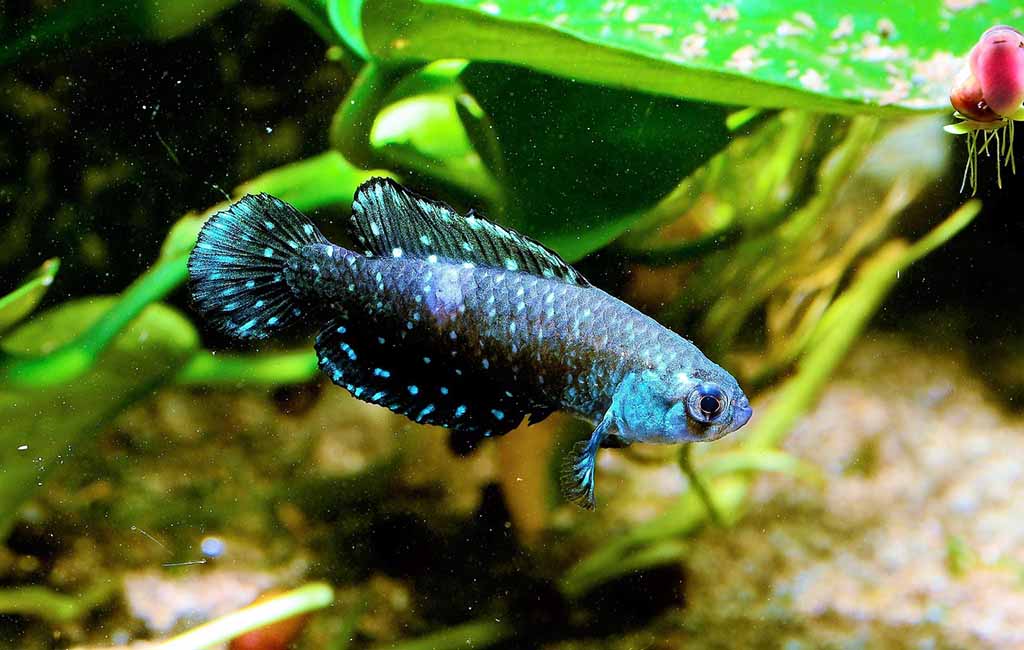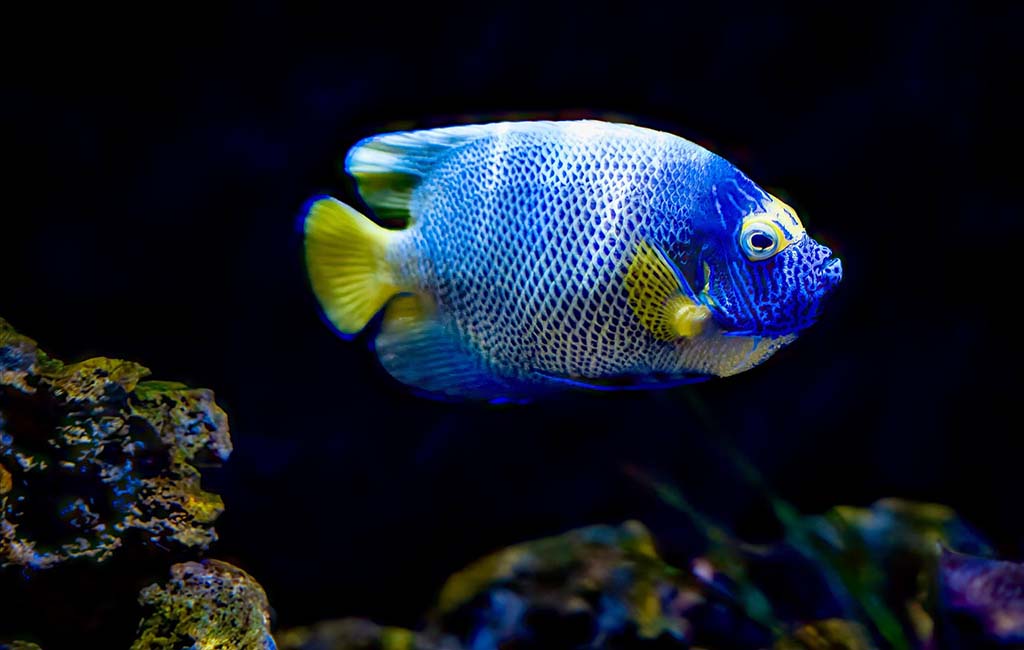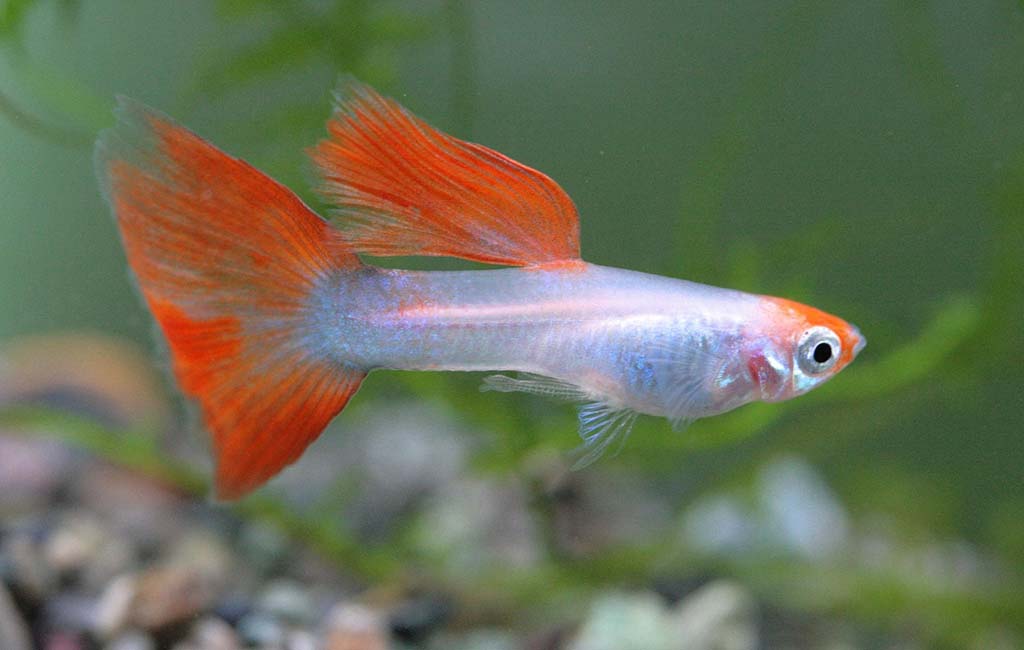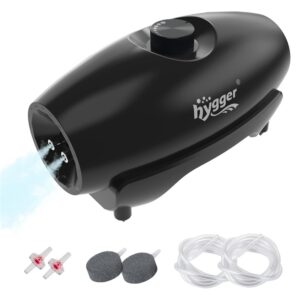Maintaining aquarium fish lets you enjoy aquatic life creations within your household while earning personal satisfaction. Maintaining good health for fish demands proper knowledge about their precise care requirements. Each aquatic species demands specific water quality levels along with particular tank needs beyond dietary and social needs. The guide explores complete information about the captivity requirements of regular aquarium fish, alongside daily care practices and specialized recommendations for creating a healthy aquatic ecosystem.
Content Table

fish species
Captivity Requirements of Common Aquarium Fish Species
What Are Common Aquarium Fish Species?
Fish kept in aquariums exist in many different species, which need particular individual maintenance requirements. The most favored aquarium fish consist of:
Goldfish (Carassius auratus)
The goldfish species (Carassius auratus) needs big tanks for its long lifespan and exhibits high waste output, so strong filtration becomes necessary. A tank with sufficient air circulation, along with water ranging from 65-75°F serves as the perfect environment for keeping healthy Goldfish.
Betta Fish (Betta splendens)
Betta Fish (Betta splendens) require warm filtered water since they are a territorial species. The ideal living environment for these fish consists of temperatures in the range of 78-82°F and tank conditions that include soft water filtration combined with many places to hide. Bettas maintain strong aggressive behavior, so they need to live alone without other male fish.
Neon Tetra (Paracheirodon innesi)
Neon Tetras (Paracheirodon innesi) need a minimum of six members to thrive as schooling fish. Suitable habitat for these fish includes a temperature range of 72-78°F alongside soft acidic water and a planted tank that provides safety as well as enrichment.
Guppies (Poecilia reticulata)
Low-maintenance, colorful fish that breed easily. The optimal water temperature range for these fish extends from 74-82°F, and they thrive best when kept with peaceful species in community tanks. The diet for guppies should consist of flakes, together with both frozen and live foods, because they are omnivores.
Angelfish (Pterophyllum scalare)
Angelfish (Pterophyllum scalare) need a vertical aquarium container since they possess elongated shapes. Their optimal environment comprises temperature ranges between 76-82°F, while light filtration methods suit them, and tank mates need to be peaceful and similar in size to them.

aquarium fish specific species
Captivity Requirements
To keep aquarium fish healthy, the following factors are essential:
- Tank Size– Ensure sufficient space for the fish species to swim and grow. Overstocking can lead to stress and disease.
- Water Quality– Maintain appropriate pH, ammonia, nitrate, and nitrite levels. Regular water changes are essential to remove toxins and keep fish healthy.
- Filtration– A reliable filter removes toxins, maintains water clarity, and ensures oxygenation. Sponge filters are excellent for small tanks, while canister filters work well for larger setups.
- Temperature Control– Use an aquarium heater to keep tropical fish at optimal temperatures. Sudden temperature fluctuations can cause stress and disease.
- Substrate and Decor– Provide gravel, plants, driftwood, and hiding spots for enrichment. Certain fish, like bottom dwellers, thrive in fine sand or smooth gravel.
- Diet and Feeding Schedule– Offer species-appropriate food at regular intervals. Overfeeding can lead to water contamination and health issues.
Regular Fish Care Guide for Hobbyists
Caring for fish involves daily, weekly, and monthly maintenance routines:
- Daily Care:
- Feed fish once or twice a day with high-quality food, avoiding overfeeding.
- Check water temperature and filter function to ensure stable conditions.
- Observe fish behavior for signs of illness, aggression, or stress.
- Weekly Maintenance:
- Test water parameters and adjust as needed.
- Perform partial water changes (20-30%) to maintain water quality.
- Remove uneaten food and debris from the substrate to prevent ammonia buildup.
- Monthly Tasks:
- Clean the filter and replace the media if necessary.
- Trim live plants and rearrange decor if needed.
- Inspect fish for any signs of disease, injury, or unusual behavior.

fish specific species care
Aquarium Fish-Specific Species
People commonly keep common aquarium fish alongside numerous other particular species that need special care, such as:
- Discus (Symphysodon spp.) – Discus (Symphysodon spp.) requires water with sensitive requirements that must be soft with warm. Fish of this type require big tanks as well as continuous water replacement.
Extend read: The appeal of keeping discus fish
- Oscars (Astronotus ocellatus)– Oscars (Astronotus ocellatus) require extensive tank space along with a nutrient-rich diet because they belong to a group of intelligent, large fish. The interactive Oscars demand filters that provide strong treatment in their aquarium.
Extend read: Fish Profiles – Oscar fish that need a sun bath
- Killifish (Aphyosemion spp.)– Killifish (Aphyosemion spp.) exist as small, colorful fish that species keepers usually house in single-species tanks. Their existence spans only a short period, while they inhabit water that has low acidity and soft content.
- Axolotls (Ambystoma mexicanum)– The amphibian axolotl (Ambystoma mexicanum) needs peaceful, cool water environments that have a weak filtration system. Fish should not live with these fish because their gills are easily harmed.
Extend read: Axolotl Care Guide – What Do Axolotls Eat
- Archerfish (Toxotes spp.)– The fish known as Archerfish (Toxotes spp.) demonstrate a unique hunting behavior through their ability to spit water at prey insects. These fish need brackish water environments along with tanks that should be tall, while having plants growing above the water.
How to Care for Aquarium Fish-Specific Species
Different fish species have specialized care needs. Below are guidelines for some unique species:
Discus Fish
- Keep in groups of 5 or more in a 75+ gallon tank.
- Maintain water at 82-86°F with a pH of 6.0-7.0.
- Provide a high-protein diet, including frozen and live foods.
Oscar Fish
- Require at least a 75-gallon tank per fish.
- Prefer temperatures of 74-81°F with moderate filtration.
- Feed a varied diet including pellets, frozen shrimp, and occasional live food.
Killifish
- Thrive in small, heavily planted tanks with a secure lid.
- Prefer temperatures of 72-76°F with slightly acidic water.
- Eat small live or frozen foods like daphnia and brine shrimp.
Axolotls
- Require a cool-water tank (60-68°F) with minimal water movement.
- Do not keep fish, as they may nip at gills.
- Feed earthworms, bloodworms, and specialized axolotl pellets.
Archerfish
- Prefer brackish water with a temperature of 77-86°F.
- Need tall tanks with overhanging plants to simulate their natural habitat.
- Enjoy a diet of live insects and small fish.

easy to take care of fish
Enriching Your Tank
To keep fish happy and stimulated, consider the following enrichment strategies:
Live Plants – Offer natural hiding spots, oxygenation, and biological filtration.
Caves and Hiding Places – Provide shelter for shy or territorial fish.
Tank Mates – Select tank mates from species that match each other, since incompatible fish lead to aggressive behavior and stressful situations.
Floating and Sinking Foods – A simple way to replicate a fish’s natural feeding process includes providing sinking and floating foods.
Water Flow Variation – The water flow conditions for different fish species can be controlled by utilizing adjustability in filtration systems.
Interactive Decor – The addition of tunnels and driftwood elements, together with bubble decorations, encourages fish to participate more.
Concluding Thoughts
The practice of maintaining aquarium fish requires knowing their habitat requirements while building an enclosure that resembles their natural habitat. A combination of correctly designed aquatic tanks, along with proper water maintenance, together with appropriate feeding practices and environmental stimulation, will create a thriving aquatic environment. You will gain personal satisfaction from investing time in your pet fish care, regardless of whether you own basic species guppies or uncommon fish types like discus.


Leave a comment